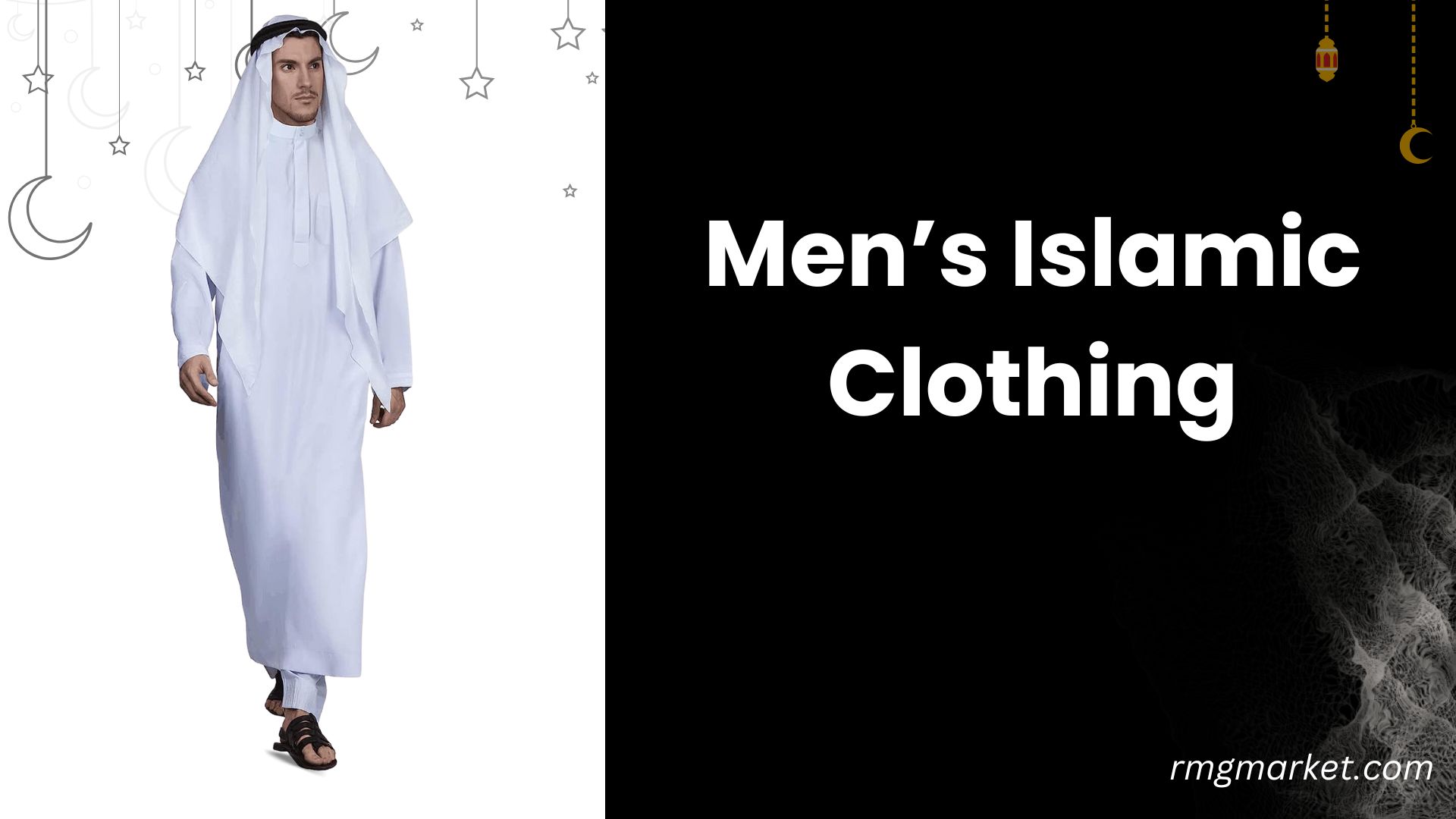Men’s Islamic clothing refers to garments and attire that are worn by Muslim men, adhering to the principles of modesty and Islamic dress code. Here are some common types of men’s Islamic clothing:
1. Thobe/Thawb: The thobe, also known as thawb or dishdasha, is a long robe-like garment that is typically ankle-length. It is loose-fitting and often made of lightweight fabrics like cotton or linen. The thobe is commonly worn in Muslim-majority countries as a traditional and formal attire for men.
2. Jubba: The jubba is a long tunic-like garment that is typically worn over pants. It can vary in length and style, ranging from knee-length to ankle-length. The jubba is often worn for special occasions, such as religious events or Friday prayers.
3. Sherwani: The sherwani is a traditional formal garment originating from the Indian subcontinent. It is a long coat-like garment that is worn over a kurta (long shirt) and paired with pants. Sherwanis are often worn for weddings and other festive occasions.
4. Kufi: The kufi is a small, rounded cap that is worn on the head. It is often made of fabric, such as cotton or silk, and is worn as a symbol of modesty and adherence to Islamic traditions. Kufis come in various styles and colors.
5. Ghutra/Headscarf: The ghutra is a traditional Middle Eastern headscarf that is commonly worn by Muslim men. It is usually made of a square-shaped cloth, typically white or checkered, and is draped over the head and secured in place with an agal (a black cord).
6. Imamah/Turban: The imamah is a type of turban that is worn by some Muslim men, particularly in South Asia and parts of the Middle East. It is a long, wrapped cloth that is wound around the head to create a turban-like headdress.
7. Thobe with Egal: In some Arab countries, the thobe is often paired with an egal, which is a black cord or rope worn as a headdress accessory. The egal is wrapped around the head to hold the ghutra or headscarf in place.
These are just a few examples of men’s Islamic clothing. It’s important to note that Islamic clothing practices can vary among different cultures and regions. The choice of clothing often reflects cultural traditions, personal preferences, and adherence to Islamic principles of modesty.
